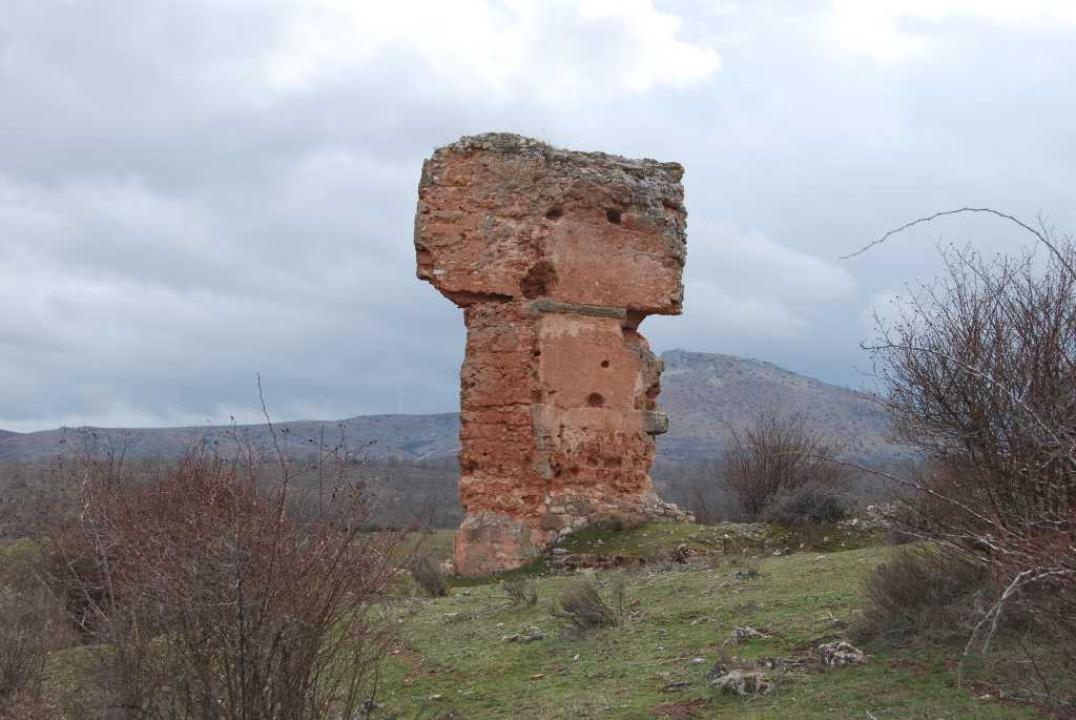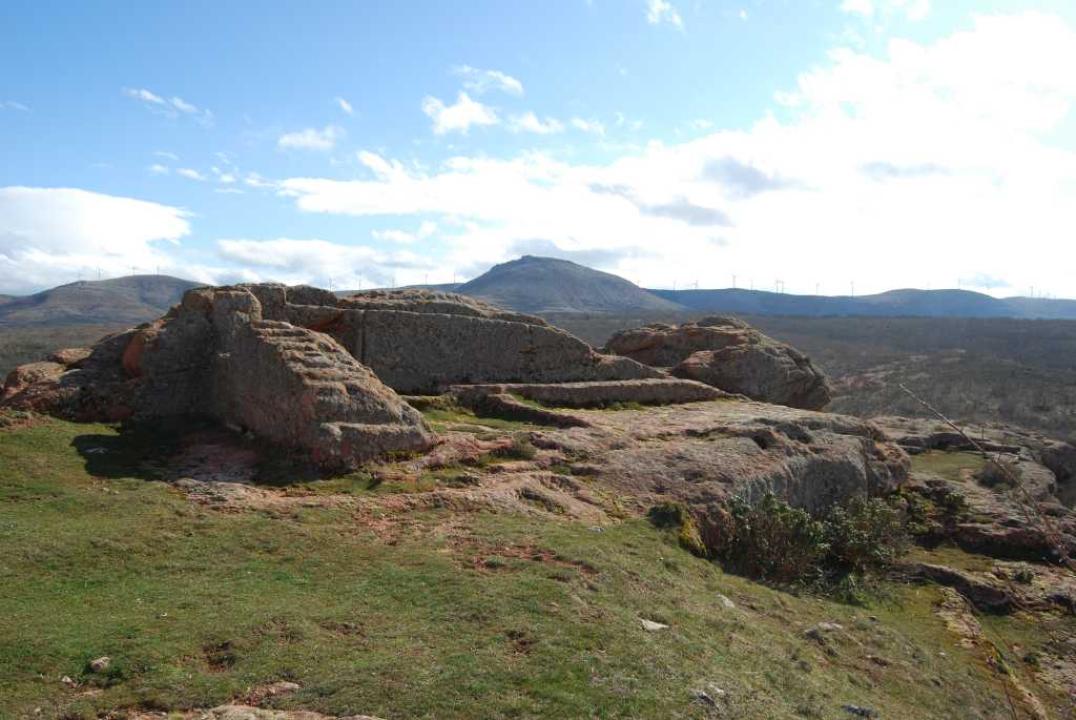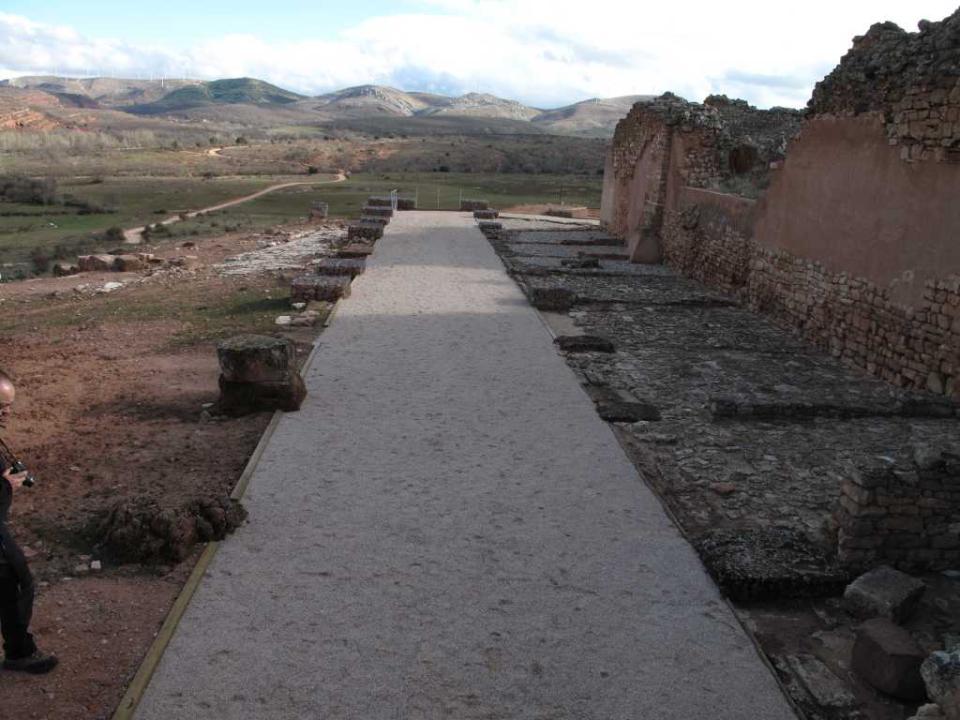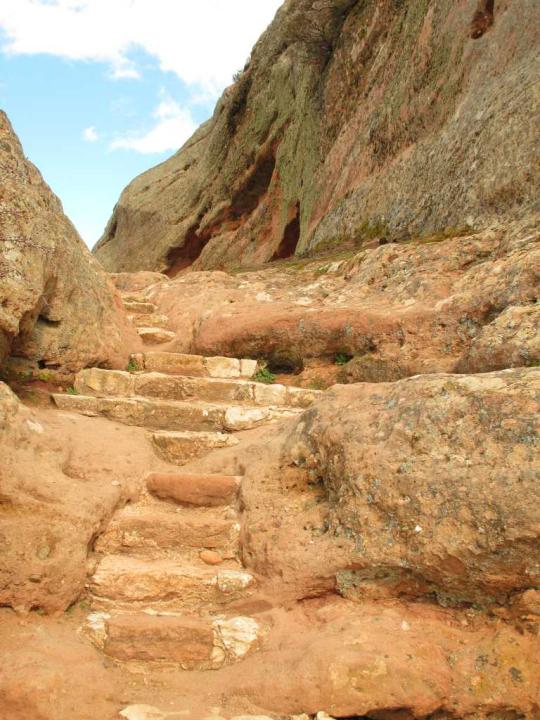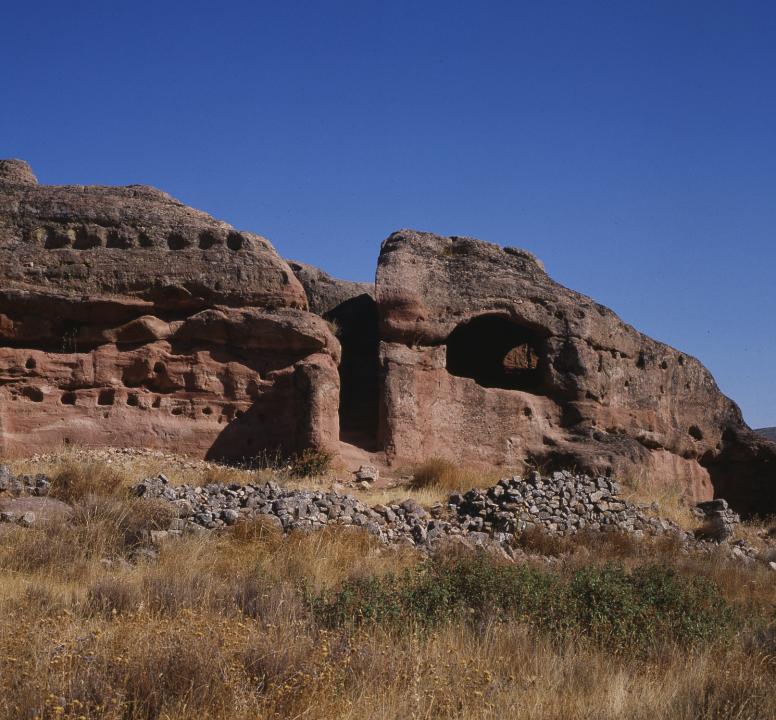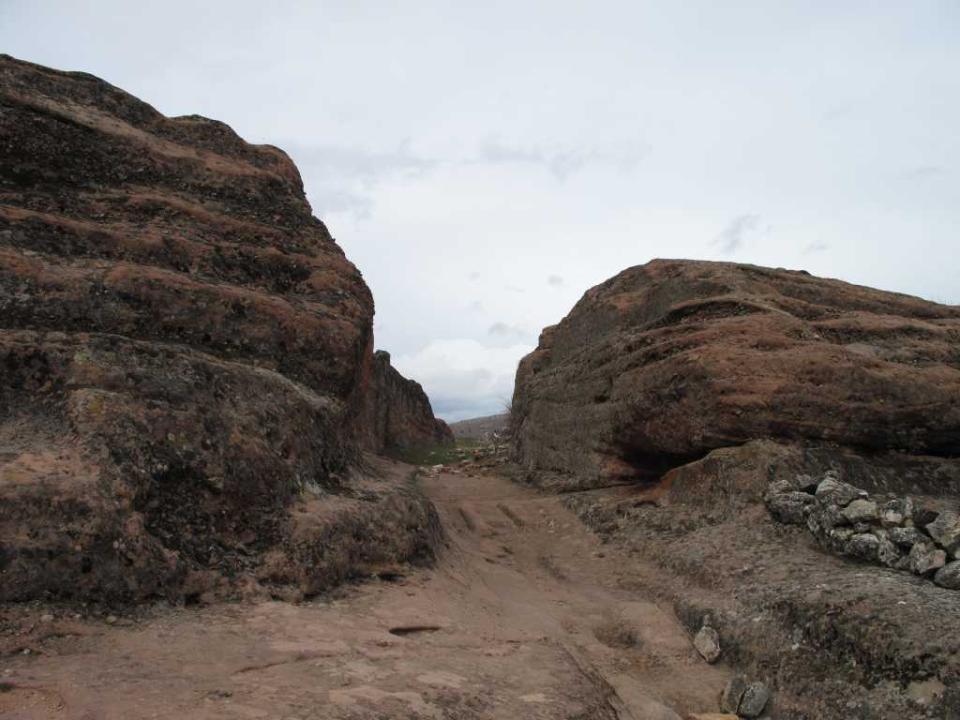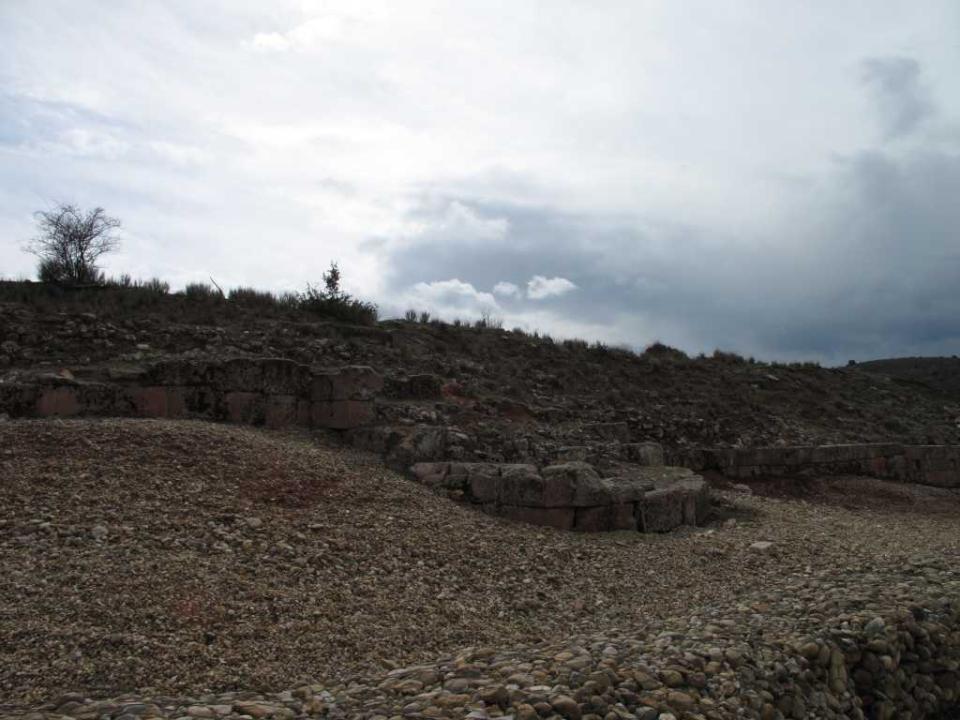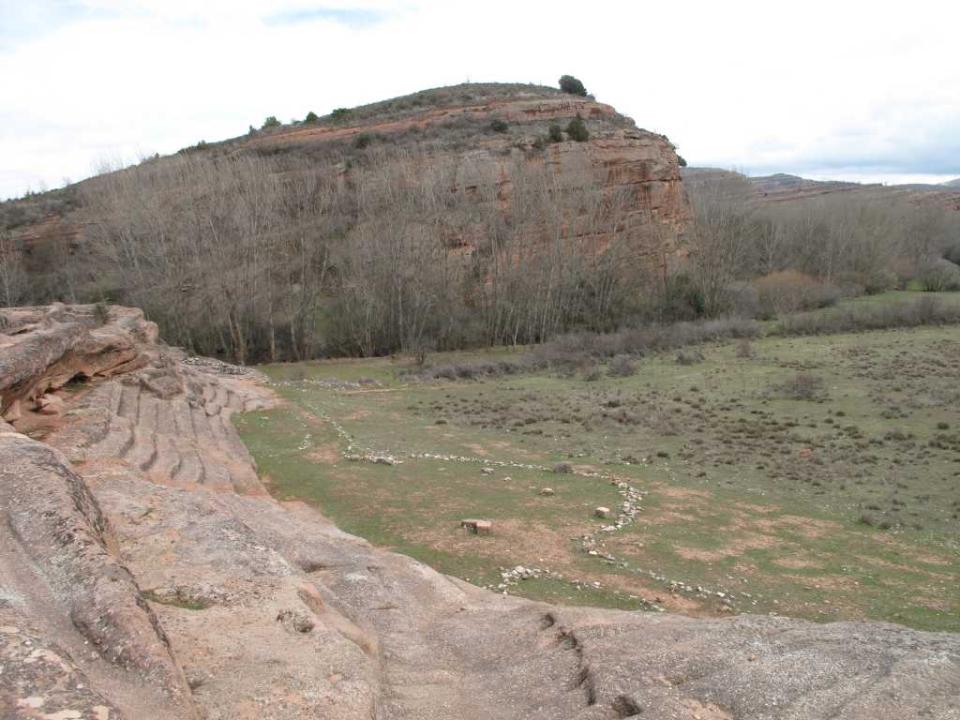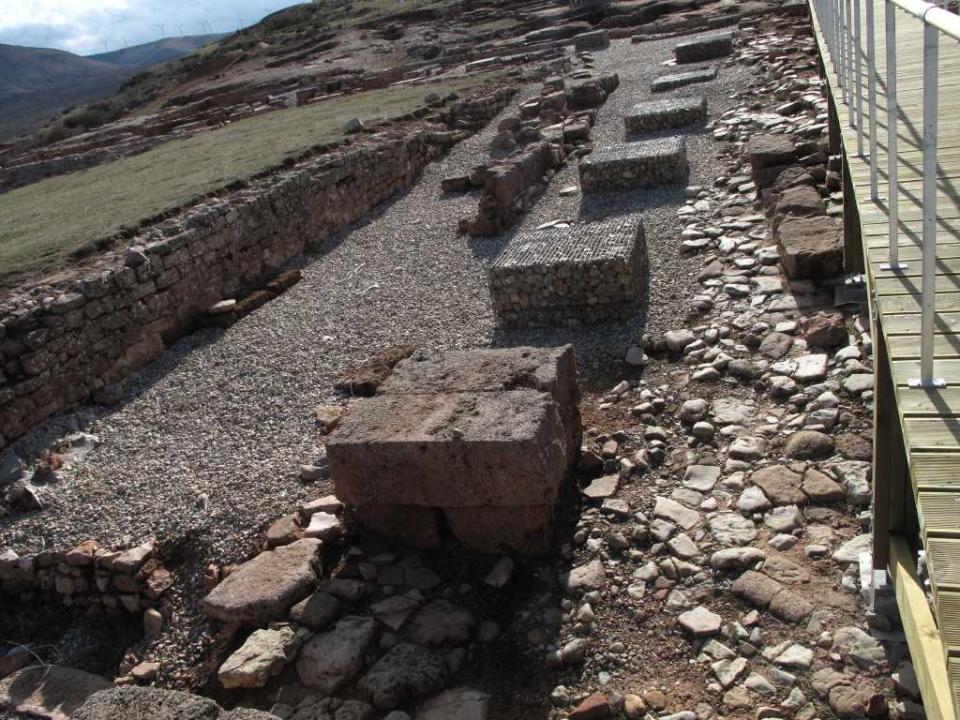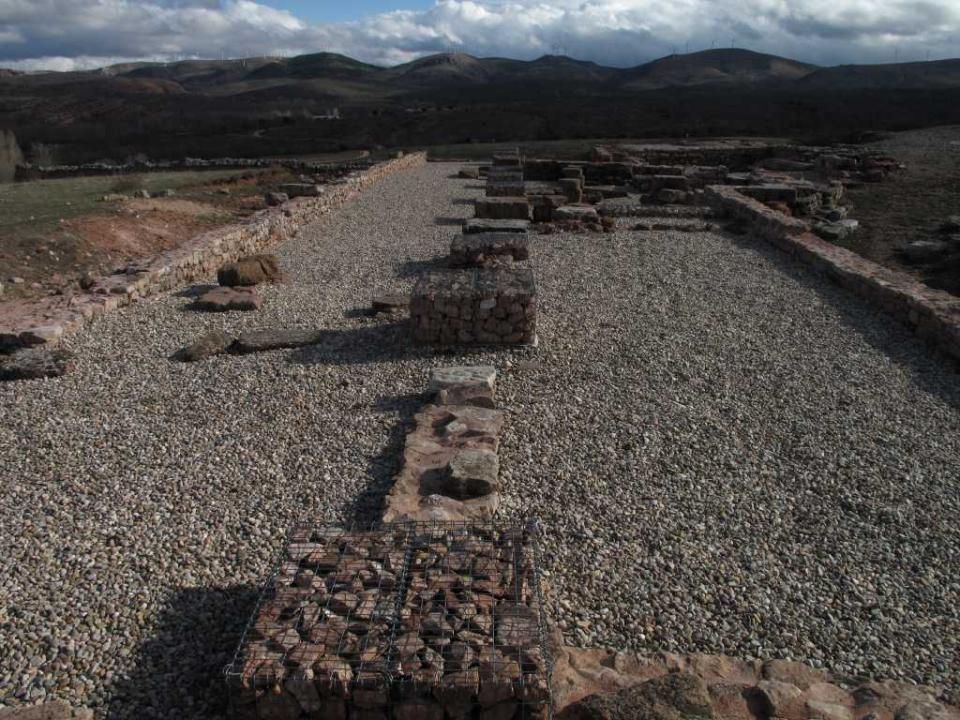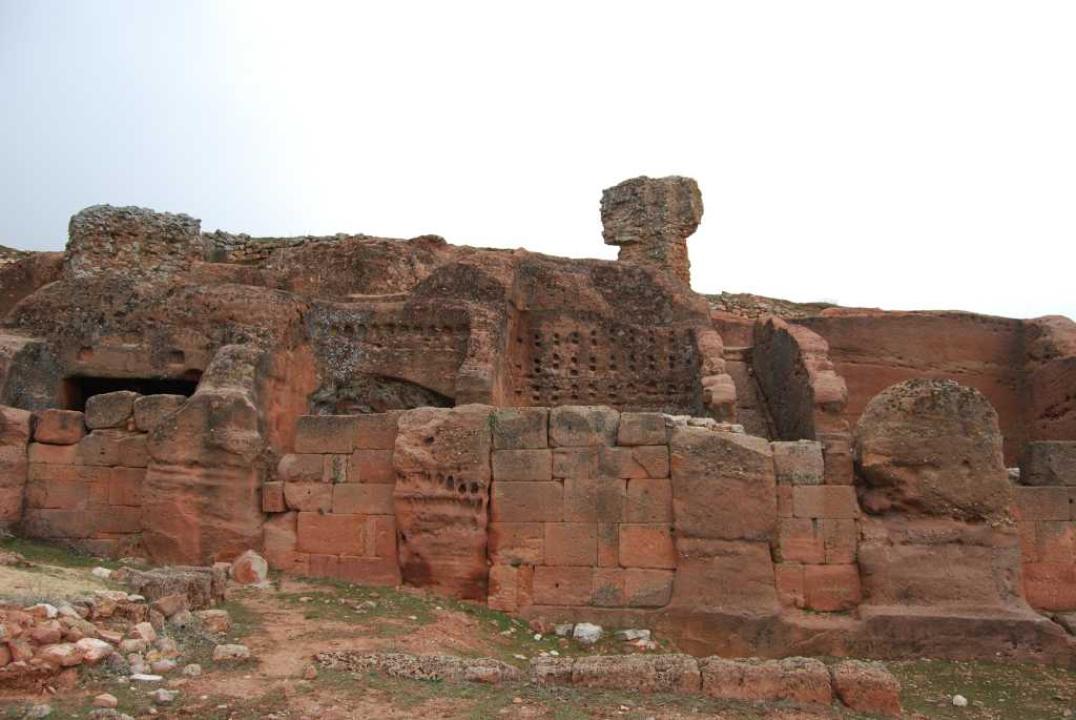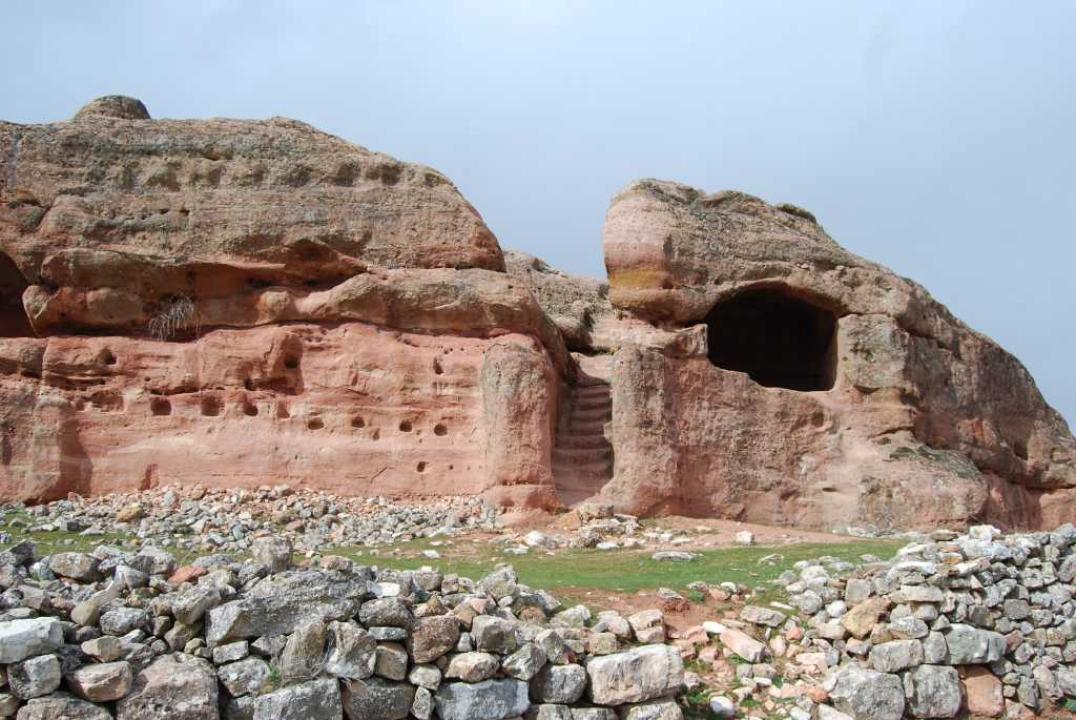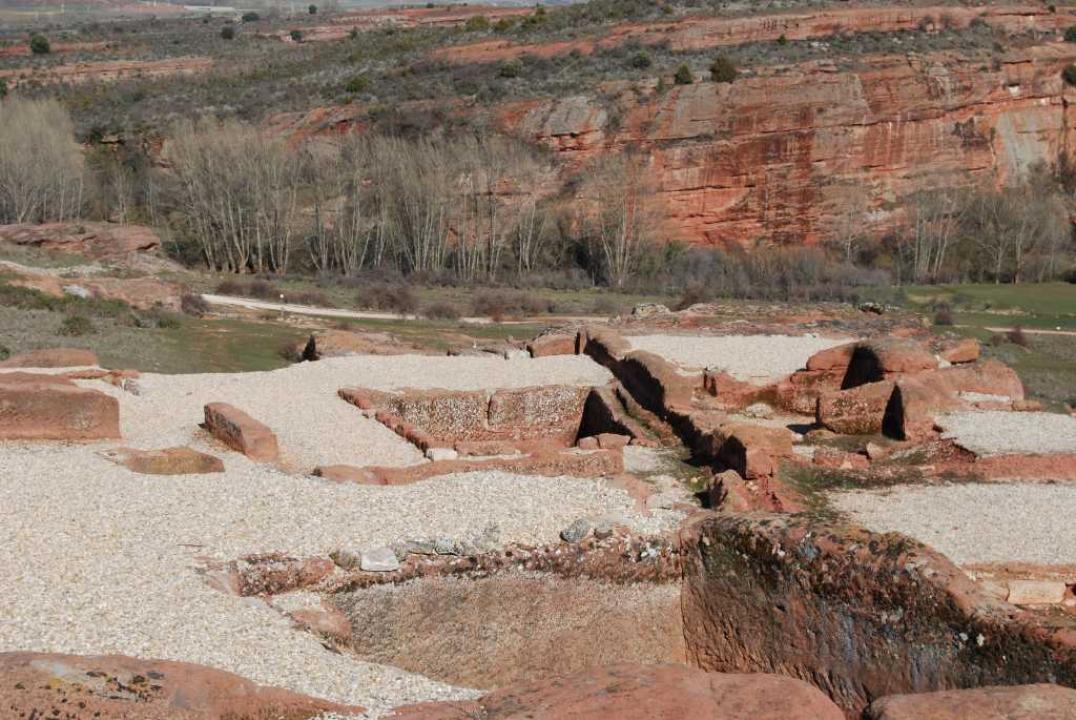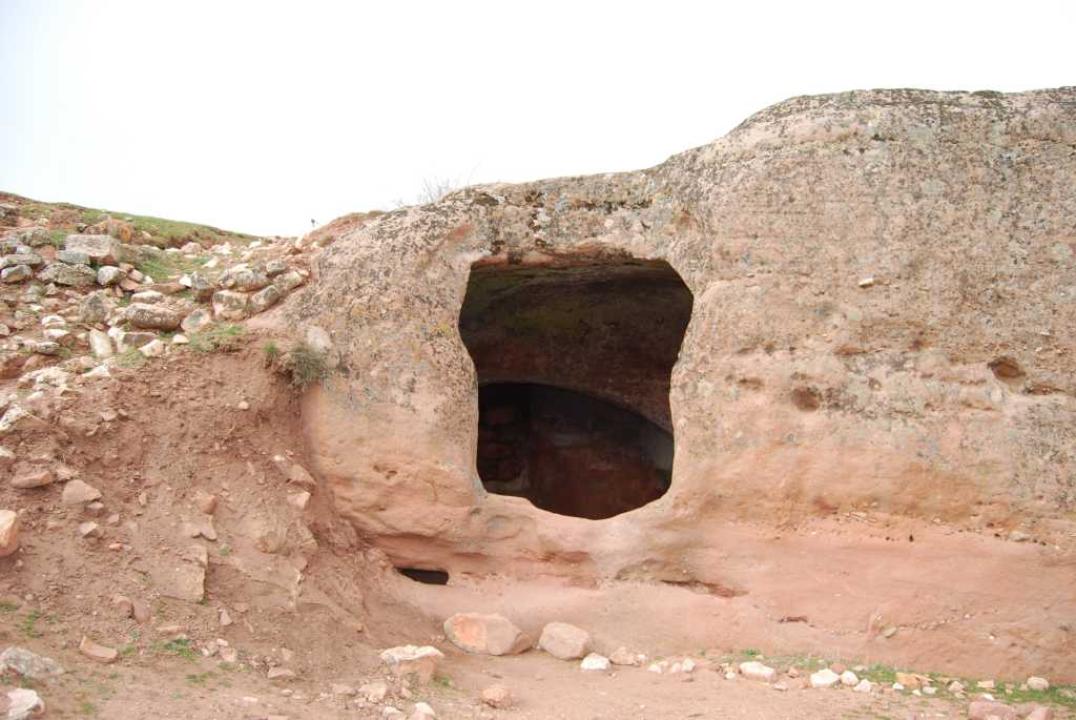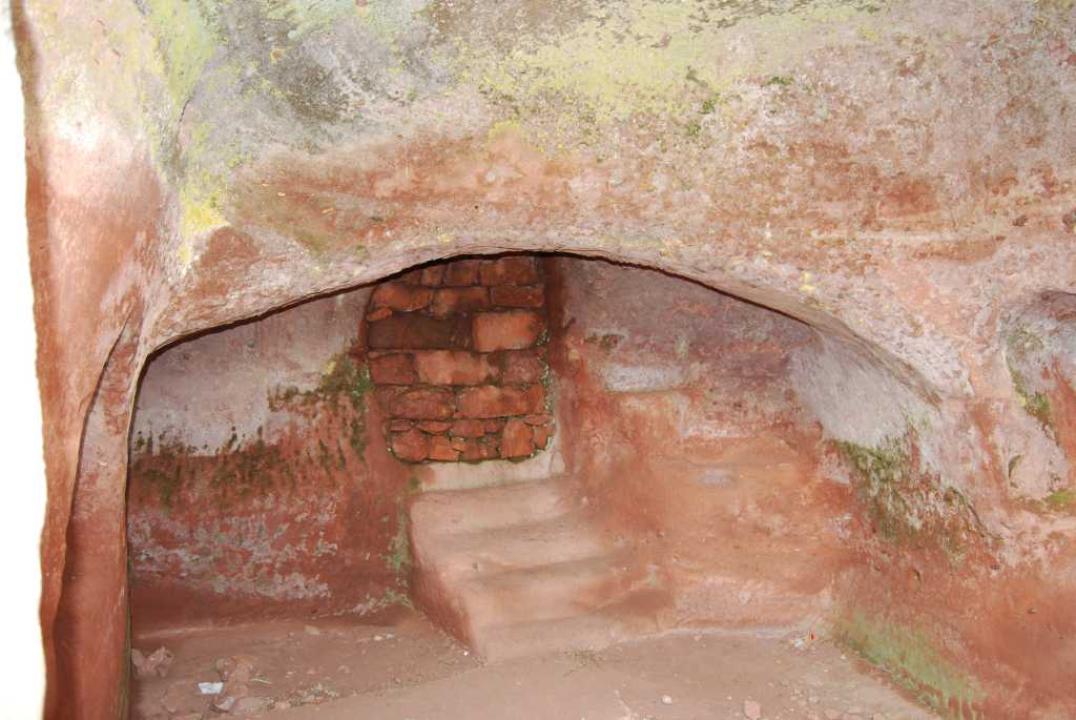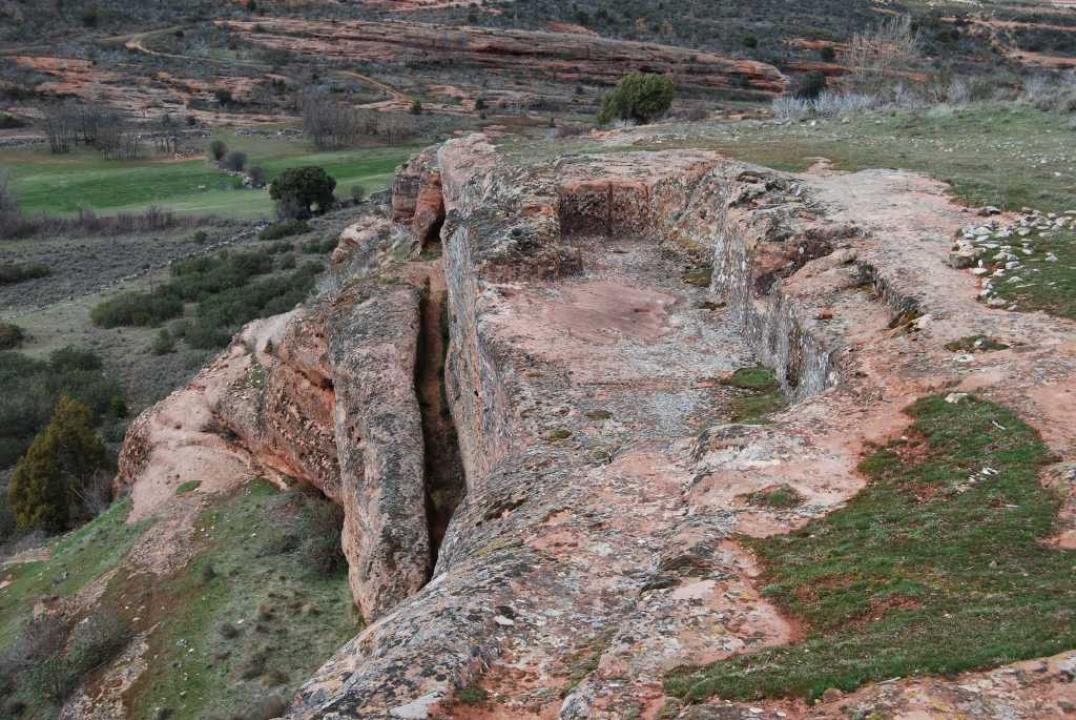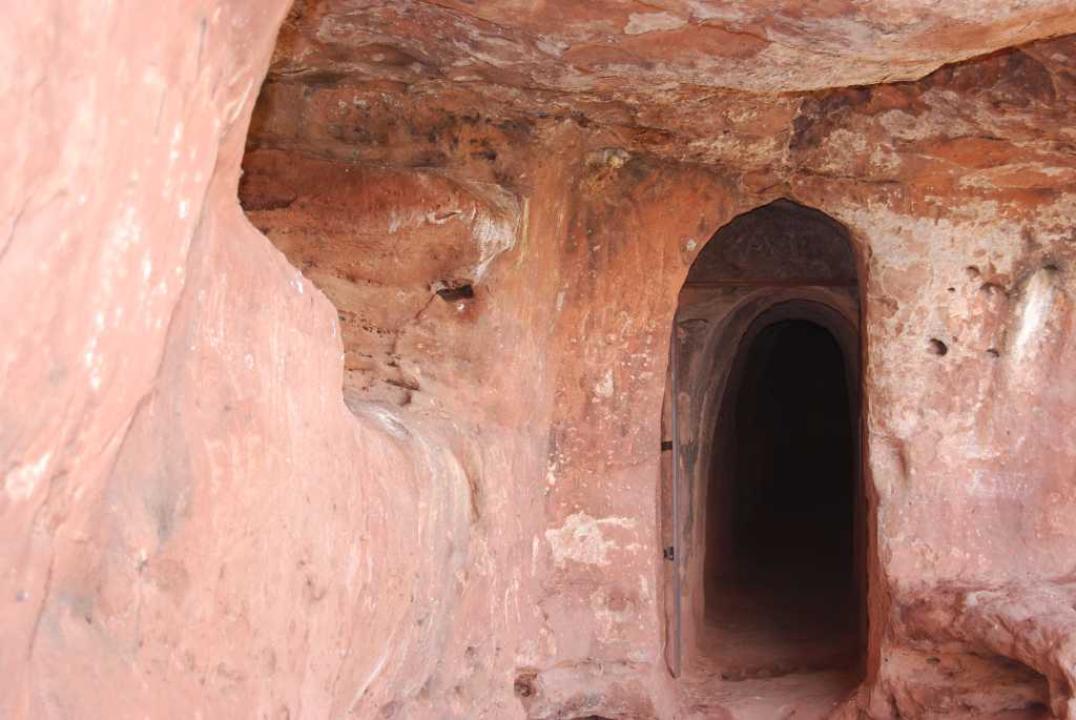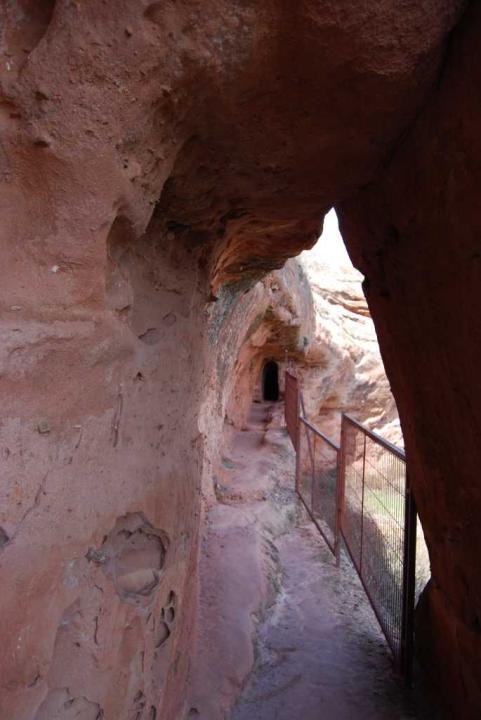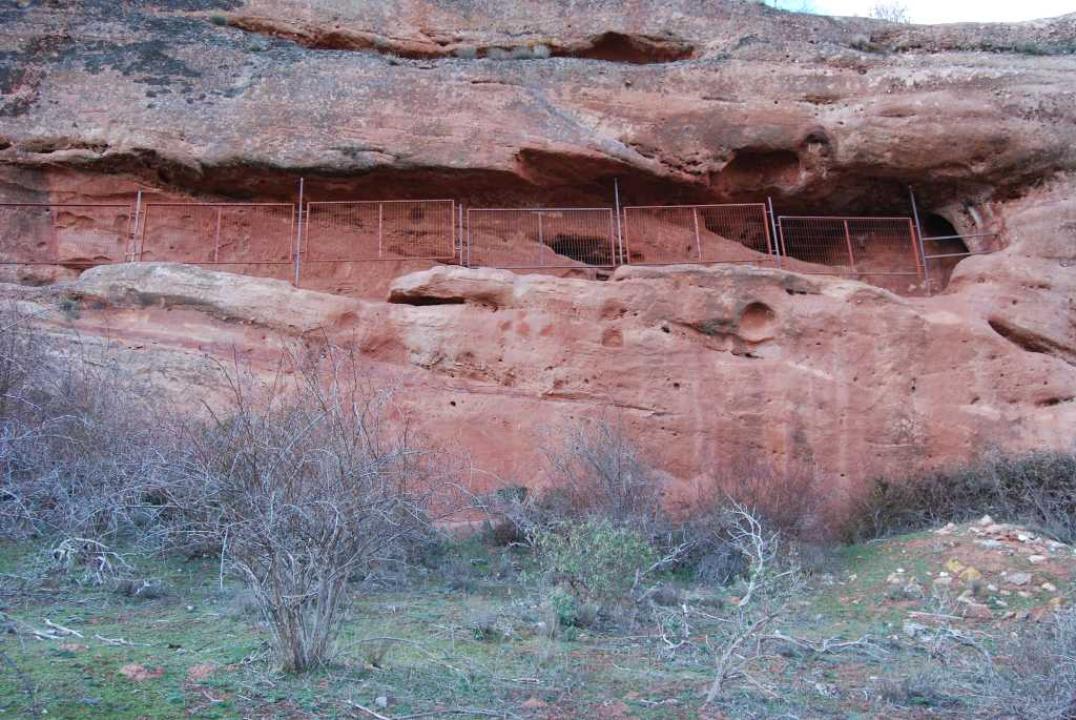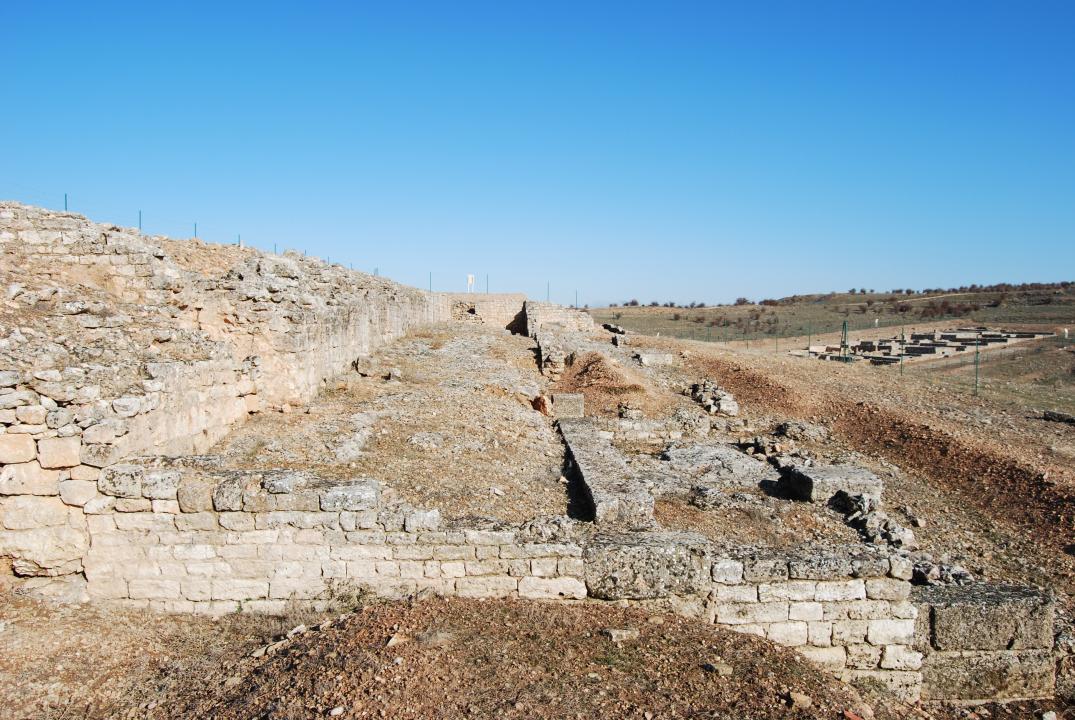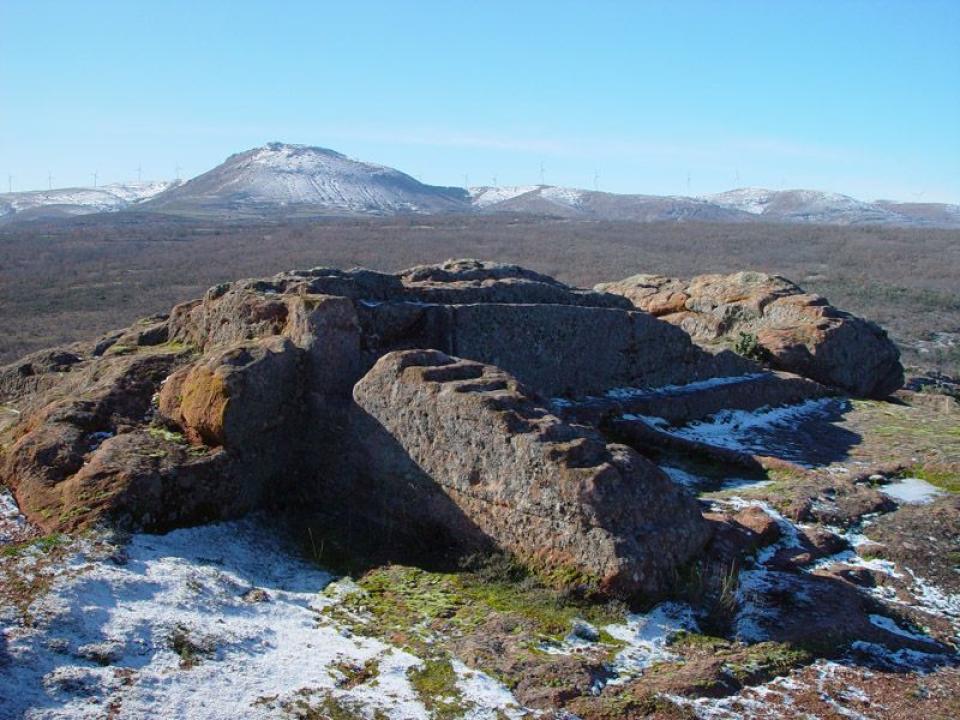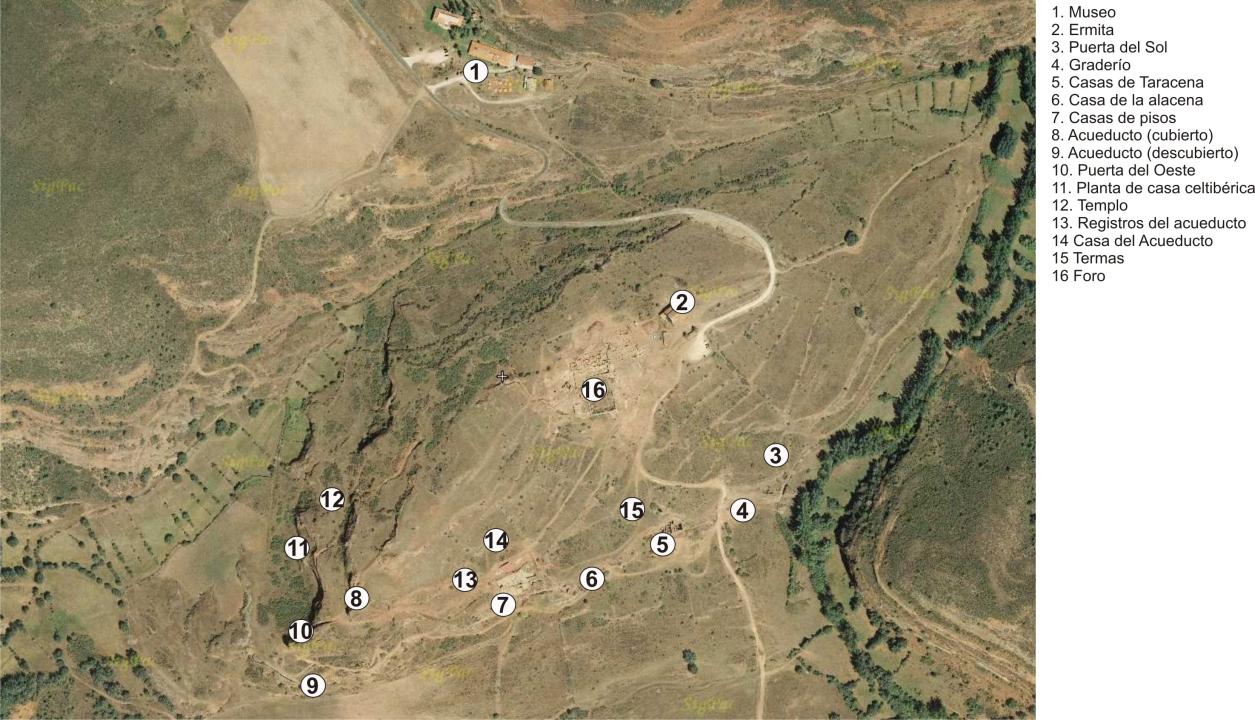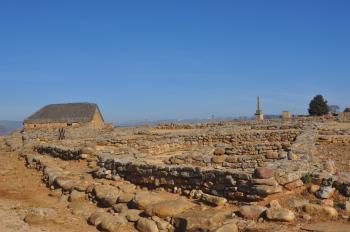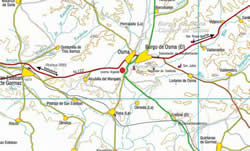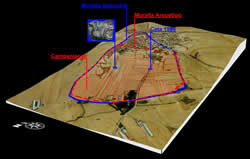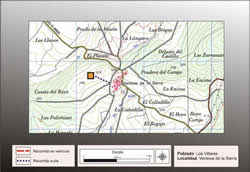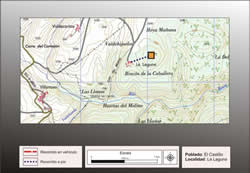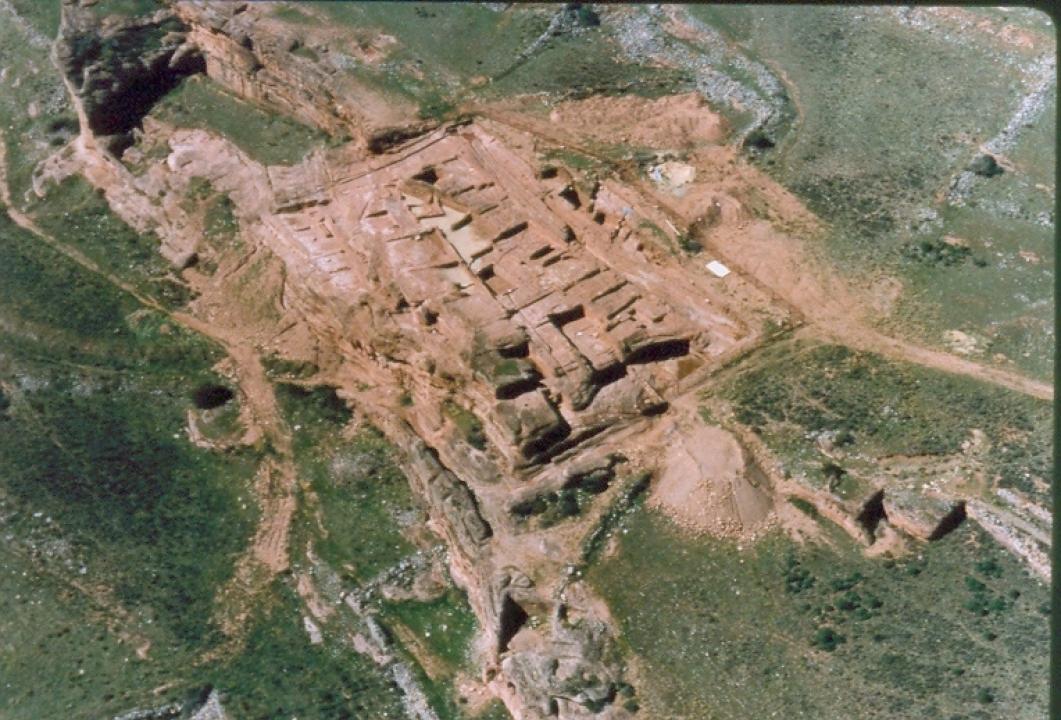

Getting there
It is accessible from Madrid, via N-110, until after Ayllon (Segovia province) to turn right by a provincial road passing the towns of Cuevas de Ayllon, and Montejo Liceras Torresuso Tiermes and come to a junction where you turn right to reach Tiermes.
Soria is accessible from the N-122, which goes to Valladolid, to deviate and enter San Esteban de Gormaz and this people crossing the bridge over the Douro River to move towards Tiermes.
Research
-Landscape and Archaeology:
Termes, in ancient times, and Tiermes, from the Middle Ages, took a broad and strategic rocky platform on the banks of the Manzanares river, which leaves behind red sandstone steep slopes. In this space, on which plans majestic flight of the vulture, which has placed its shelter in the high Recobeco of this beautiful place, where the archaeological ruins blend harmoniously with the incomparable landscape, bounded to the south by the line of summits Central System.
-History
The first news of Termes are related to the conquest of the Alto Douro by the Roman armies (143 and 141 BC), in conjunction with Numancia, the last city conquered Arevacos Alto Douro, in the year 98 BC, Consul Titus Didius , forcing the inhabitants to move to the plains. From the Visigoth (siglos VI-VII) will decrease their population and the Romanesque chapel of Santa Maria, from the Middle Ages, testifies to the existence of a monastery and continuity of human occupation until the sixteenth century, reflected in burial deposited around the church.
City tour
-Introduction:
The celtiberica Termes know from ancient texts and data provided by the necropolis, or cemetery, which provide information about material culture, the funeral ritual and social organization termestinos. In the city only a few rectangular houses that have left their mark on the highest part of the hill can be celtiberica time.
The archaeological remains visible under the Roman city, which throughout the century to reach an important development. The impressive Roman buildings of several floors, made ??of masonry, settled and anchored its foundations in the soft nature of the red sandstone that forms the natural base of Tiermes, where he also dug their subterranean rooms or cellars for storing food.
The collapse and disappearance of Roman houses and buildings over time, which were used as a quarry for construction in the surrounding villages, and preparing the land for agriculture constructive action eliminated great Roman visible leaving their mark on the foundations of houses and streets and in the underground rooms of houses, terraces and water supply, giving to this archaeological site a special charm.
The Romanesque chapel of Santa Maria retained a rich portico (XII century) with a magnificent iconographic repertoire. This church is the reference for the beginning and end of the visit to this archaeological site.
From the chapel down to the river to enter the Puerta del Sol monumental, carved in sandstone and get to the stands, stepped on the rock, which formed part of a building for public meetings. From here you access the Barrio Sur, where the rock architecture, with the alignment of rooms, closets and stairways reaches its greatest asset. Above are the remains of the baths or public baths. At the end of this quarter, is the most important public work, such as the Aqueduct (bringing water to the city since the birth of Pedro River), just at the point where the rock drilling, over 140 ms., to go back to surface through the manor of aqueduct, to address the Spa.
The ascent to the Acropolis is by the door of the West, perhaps the most monumental and steep, for having reached the highest point, where the remains of a temple, fall to the Forum with its complicated network of canals, supplied by the northern branch of the aqueduct. Where they have located the remains of the imperial temple and shops or tabernae "market (macellum) as the most significant buildings, from here we went to the Hermitage, tangible rest of medieval settlement, which runs until s. XVI.
The museum monograph:
This small museum, which has a beautiful interior, with the help of posters, display stands, pedestals and models provides an overview of the historical process of the town of Termes, and the data provided by the excavation and study of materials discovered.



